Cleaning carbon buildup from chrome exhaust pipes is crucial for maintaining both their appearance and performance.
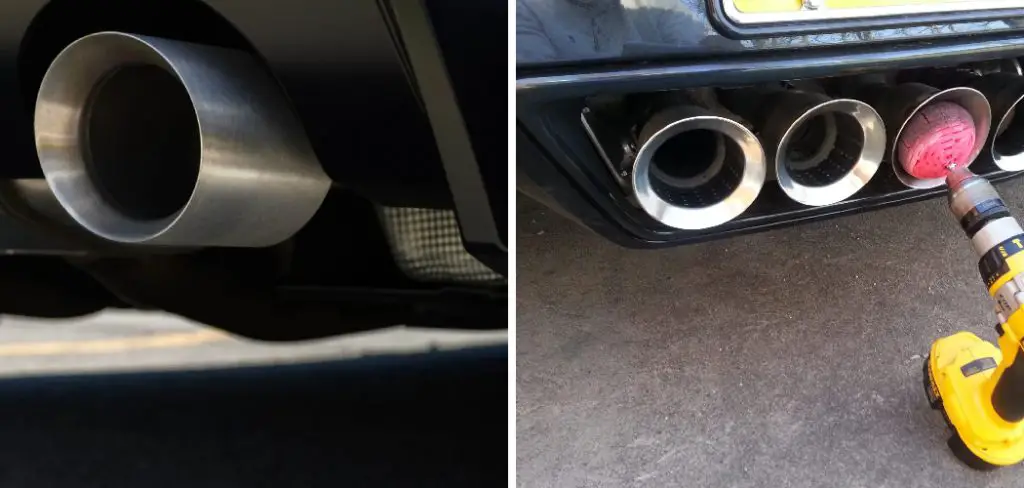
Over time, carbon deposits from exhaust gases can accumulate on chrome surfaces, causing them to dull and potentially reducing the efficiency of your vehicle. Proper cleaning not only restores the chrome’s shine but also prevents corrosion and prolongs the life of the exhaust system.
In this guide, we’ll explore effective methods and techniques to safely remove carbon buildup from chrome exhaust pipes. From using specialized cleaners to manual polishing with gentle materials, these steps will help you achieve a polished finish without damaging the chrome.
Whether you’re a car enthusiast or simply want to keep your vehicle looking its best, learning how to clean carbon out of chrome exhaust pipes ensures your ride maintains its sleek appearance and optimal performance.
Importance of Cleaning Carbon from Chrome Exhaust Pipes
Regularly cleaning carbon from chrome exhaust pipes is essential for several reasons. Firstly, carbon buildup can lead to significant aesthetic issues, detracting from the shiny, reflective quality that chrome is known for.
A build-up of soot and dirt can cause the chrome to appear dull and tarnished, impacting the overall look of your vehicle. Secondly, the accumulation of carbon can have functional repercussions.
Excessive carbon deposits can restrict exhaust flow, potentially leading to reduced engine performance and decreased fuel efficiency.
Causes and Effects of Carbon Deposits
Carbon deposits on chrome exhaust pipes primarily result from the combustion process that occurs in your vehicle’s engine. When fuel is burned, it creates exhaust gases that carry tiny particles of carbon and other residues.
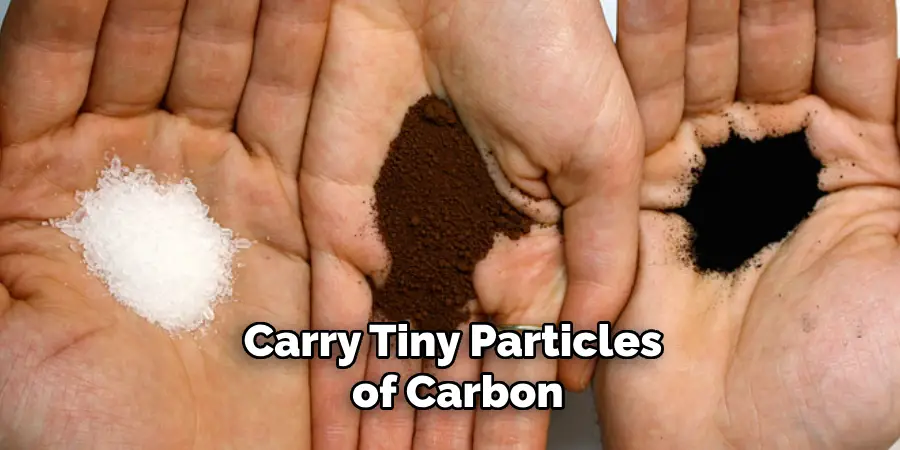
These particles are expelled through the exhaust system, where they can settle and accumulate on the inner and outer surfaces of the exhaust pipes. The type of fuel used, engine efficiency, and driving conditions can all impact the amount of carbon buildup.
For instance, high-performance or older engines often produce more carbon residue due to less efficient combustion processes.
10 Methods How to Clean Carbon Out of Chrome Exhaust Pipes
1. Regular Wiping and Polishing
Maintaining the cleanliness of chrome exhaust pipes starts with regular wiping and polishing. This basic method involves using a soft cloth or microfiber towel to wipe down the pipes after each ride.
The goal is to remove any surface dust and grime before they have a chance to bake onto the chrome due to the heat generated by the exhaust system. After wiping, use a chrome-specific polish to enhance the shine and provide a protective layer.
Apply the polish with a clean, soft cloth, working it into the surface in circular motions. This routine helps prevent the accumulation of carbon deposits and keeps the chrome exhaust pipes looking new.
2. Mild Soap and Water Solution
For a more thorough cleaning, especially if the pipes have visible dirt and light carbon buildup, a solution of mild soap and water can be highly effective.
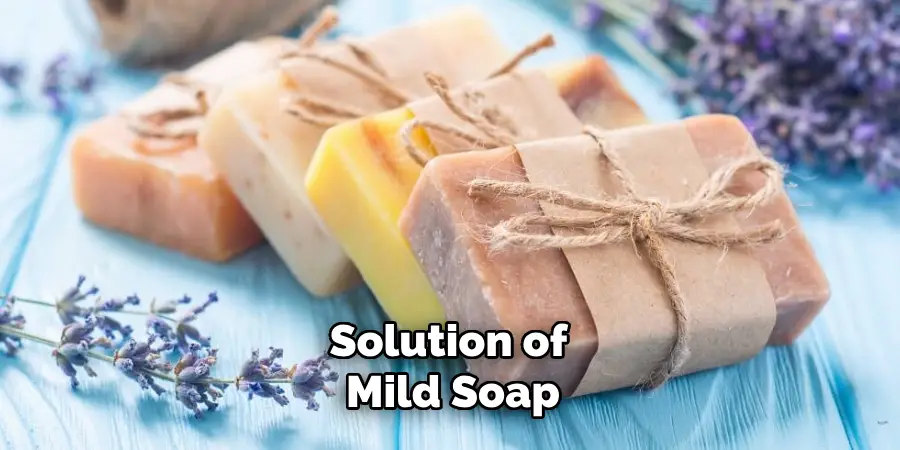
Mix a few drops of mild dish soap with warm water in a bucket. Dip a soft sponge or cloth into the soapy water and gently scrub the surface of the exhaust pipes. Focus on areas with visible carbon deposits.
The soap helps to break down the carbon and other contaminants without damaging the chrome finish. After scrubbing, rinse the pipes thoroughly with clean water to remove any soap residue.
3. White Vinegar and Water Mixture
White vinegar is a versatile cleaner that can effectively remove carbon deposits from chrome exhaust pipes.
Mix equal parts white vinegar and water in a spray bottle. Spray the solution generously onto the affected areas of the exhaust pipes and let it sit for about 10-15 minutes.
The acidity of the vinegar helps to dissolve the carbon buildup. After allowing the solution to work, use a soft cloth or sponge to gently scrub the pipes.
4. Baking Soda and Water Paste
A paste made from baking soda and water can be used to remove more stubborn carbon deposits from chrome exhaust pipes.
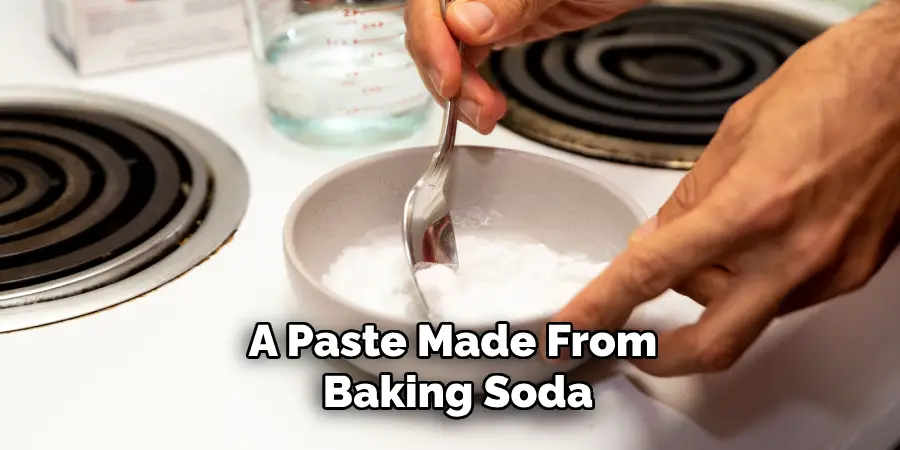
Baking soda acts as a gentle abrasive that can lift carbon buildup without scratching the chrome surface. To create the paste, mix three parts baking soda with one part water until it forms a thick consistency.
Apply the paste to the affected areas using a soft cloth or sponge. Gently scrub the paste into the carbon deposits in circular motions. Allow the paste to sit for a few minutes to help break down the carbon.
5. Aluminum Foil and Water Method
Using aluminum foil and water is a popular and surprisingly effective method for cleaning carbon out of chrome exhaust pipes. The aluminum foil acts as a mild abrasive that can lift carbon deposits without scratching the chrome surface. To use this method, crumple a piece of aluminum foil into a loose ball.
Dip the foil ball into water and gently rub it over the affected areas of the exhaust pipes. The combination of the foil and water helps to remove the carbon buildup. After scrubbing, wipe the pipes with a clean, damp cloth to remove any residue.
6. Commercial Chrome Cleaner
For those who prefer commercial cleaning products, a chrome cleaner specifically designed for automotive or motorcycle exhaust systems can be highly effective. These cleaners are formulated to remove carbon deposits, dirt, and grime from chrome surfaces without causing damage.
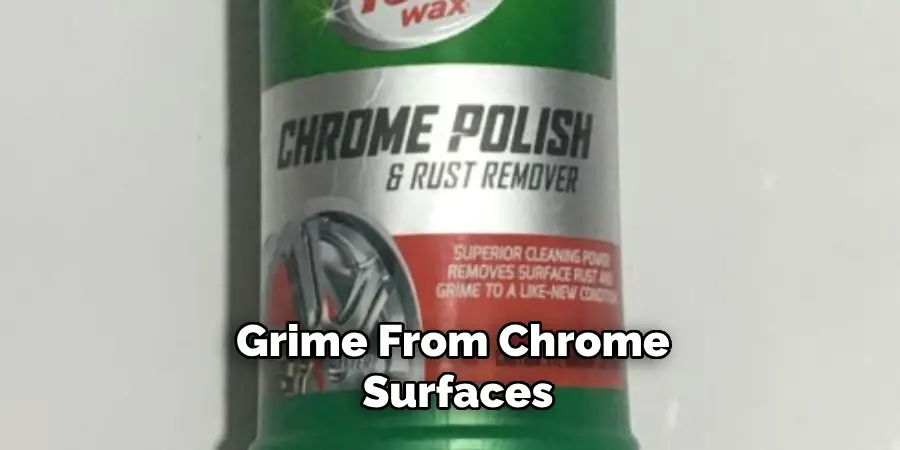
Follow the manufacturer’s instructions for the best results. Typically, you will apply the cleaner to a soft cloth or sponge and gently rub it onto the affected areas of the exhaust pipes.
Allow the cleaner to sit for the recommended amount of time, then buff the pipes with a clean cloth to remove the cleaner and any loosened carbon deposits.
7. WD-40 and Fine Steel Wool
WD-40, a common household lubricant, can also be used to clean carbon out of chrome exhaust pipes when combined with fine steel wool.
This method is particularly effective for stubborn carbon deposits. Spray a small amount of WD-40 onto the affected areas of the exhaust pipes. Allow it to penetrate the carbon deposits for a few minutes. Using fine steel wool (0000 grade), gently scrub the carbon buildup in circular motions.
The WD-40 helps to break down the carbon while the fine steel wool lifts it off the chrome surface without scratching. After scrubbing, wipe the pipes with a clean cloth to remove any residue. Rinse with clean water if necessary, and dry the pipes with a soft cloth.
8. Lemon Juice and Baking Soda Paste
A combination of lemon juice and baking soda creates an effective natural cleaner for carbon deposits on chrome exhaust pipes.
The acidity of the lemon juice helps to break down the carbon, while the baking soda acts as a gentle abrasive. To create the paste, mix equal parts lemon juice and baking soda until it forms a thick consistency.
Apply the paste to the affected areas using a soft cloth or sponge. Gently scrub the paste into the carbon deposits in circular motions. Allow the paste to sit for a few minutes to help dissolve the carbon.
Rinse the pipes thoroughly with clean water to remove all traces of the paste, and dry them with a soft cloth. This method not only cleans the chrome but also leaves a fresh citrus scent.
9. Vinegar and Cornstarch Mixture
A mixture of vinegar and cornstarch can also be used to clean carbon out of chrome exhaust pipes. This method is particularly useful for areas with hard water stains and carbon buildup. To create the mixture, combine equal parts white vinegar and cornstarch to form a paste.
Apply the paste to the affected areas using a soft cloth or sponge. Gently scrub the paste into the carbon deposits in circular motions. Allow the paste to sit for about 10-15 minutes to help break down the carbon.
Rinse the pipes thoroughly with clean water to remove all traces of the paste, and dry them with a soft cloth.
This method is effective for removing tough carbon deposits and restoring the shine of the chrome exhaust pipes.
10. Regular Maintenance and Protective Coating
In addition to regular cleaning, applying a protective coating to your chrome exhaust pipes can help prevent carbon buildup and make future cleaning easier. After cleaning the pipes, use a chrome polish or a high-temperature wax designed for automotive or motorcycle use.
Apply the polish or wax with a clean, soft cloth, working it into the surface in circular motions.
The protective coating helps to repel dirt, grime, and carbon deposits, keeping your exhaust pipes looking clean and shiny for longer. Reapply the protective coating periodically, especially after cleaning, to maintain its effectiveness.
Conclusion
Maintaining the cleanliness and shine of chrome exhaust pipes requires regular attention and the right techniques.
From home remedies like vinegar and cornstarch mixtures to commercial chrome cleaners, there are various effective methods to remove carbon buildup and restore the lustre of your exhaust pipes.
Regular maintenance and the application of a protective coating can significantly reduce the occurrence of stubborn carbon deposits and lengthen the lifespan of the chrome. Thanks for reading, and we hope this has given you some inspiration on how to clean carbon out of chrome exhaust pipes!
Edmund Sumlin is a skilled author for Metal Fixes, bringing 6 years of expertise in crafting a wide range of metal fixtures. With a strong background in metalwork, Edmund’s knowledge spans various types of fixtures, from decorative pieces to functional hardware, blending precision with creativity. His passion for metalworking and design has made him a trusted resource in the industry.
Professional Focus:
- Expert in Metal Fixtures : Edmund aesthetic specializes in creating durable and innovative metal fixtures, offering both appeal and functionality. His work reflects a deep understanding of metalworking techniques and materials.
- Sustainability Advocate : He is dedicated to using sustainable practices, ensuring that every fixture is crafted with eco-friendly methods while maintaining high-quality standards.
In his writing for Metal Fixes, Edmund provides valuable insights into the latest trends, techniques, and practical advice for those passionate about metal fixtures, whether they are professionals or DIY enthusiasts. His focus on combining artistry with engineering helps others discover the true potential of metal in design.


